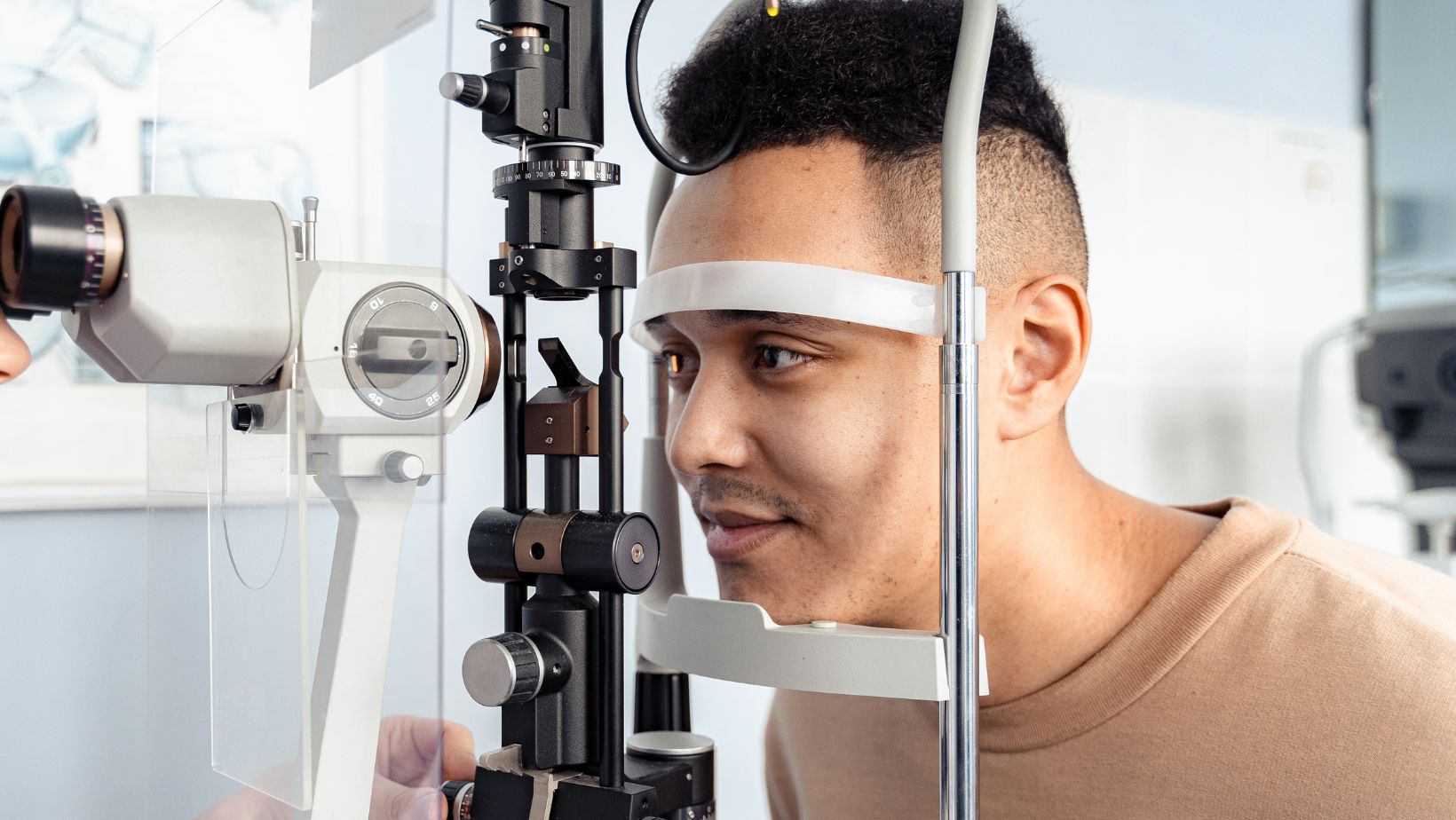
Good eyesight is critical to maintaining a great quality of life, independence and overall good health. It is with our eyes that we see and interact with the world, connect with nature and everything in it and also process information. However, these processes can be impeded by different types of eye problems which include farsightedness, nearsightedness, glaucoma, astigmatism and macular.
However, with technological innovations, great improvements have been made in the way eye issues are diagnosed, monitored and treated. These innovations range from laser-based procedures to AI- driven tools for diagnosis and the outcome has been positive for patients. You can visit https://depisteo.com/ for more details on these devices. Meanwhile, this article will share some great insight so, stay with us…
Common Challenges that Impede Good Eyesight
Vision is a critical factor in everyday life and activities; without it, one will have problems with navigating spaces, reading, driving and other activities essential to daily life. Poor eyesight can negatively impact on mental health, productivity and an individual’s general wellbeing.
Some common eye problems include the following: –
- Refractive Errors – These include myopia(nearsightedness), hyperopia (farsightedness)and astigmatism.
- Cataracts- This is the clouding of the natural lens of eyes with leads to blurry vision.
- Presbyopia – This is an age-related issued that makes it difficult for one to focus on objects that are close.
- Macular Degeneration- This is the deterioration of the central part of the retina known as the macula that leads to loss of vision or acuity of eyesight.
- Glaucoma – This is the damage of the optic nerve because of increased intraocular pressure.
If these issues are detected early enough, the chances of averting irreversible damage and preserving the patient’s eyesight are improved. Thanks to technology, early detection and treatment is now possible and with a high success rate.
Technological Advances in Eye Care
The following are some of the technological innovations in eye care: –
Advanced Vision Screening and Diagnostics
Like we keep emphasizing, early and accurate diagnosis is the bedrock of successful eye care. Traditionally, vision screenings included tonometry which tests eye pressure, visual acuity tests which involve eye charts and refraction tests which helps to determine the prescription for a patient’s eyeglasses or contact lenses.

These days however, we have more advanced screenings which include the following: –
- Optical Coherence Tomography (OCT)
- Fundus Photography and Retinal Scanning
- Corneal Topography
Click here for more details.
Artificial Intelligence (AI)
With AI based screenings, retinal scans can be analyzed with AI powered systems and detect early signs of diabetic retinopathy, glaucoma and macular degeneration with more precision than human specialists.

These systems can also help with predictive analytics which can foretell the progression of these diseases.
Laser Eye Surgery and Vision Correction
Some of the procedures in this category are: –
- LASIK (Laser-Assisted In Situ Keratomileusis)
- PRK (Photorefractive Keratectomy)
- SMILE (Small Incision Lenticule Extraction)
Innovative Treatments for Vision impairments
There are many innovations and advancements in surgical techniques and pharmaceuticals that have greatly improved results for patients with vision impairment or diseases and they include the following: –
- Intravitreal Injections
- Gene Therapy
- Corneal Cross-Linking (CXL)
Smart Lenses and Vision-Enhancing Devices
These include the following: –
- Smart Contact Lenses – These are equipped with sensors that monitor intraocular pressure and detect signs of glaucoma. There are even models that are being made that will deliver medication directly to the wearer’s eye.
- Multifocal Intraocular Lenses (IOLs)- These are in cataract removal procedures to replace the clouded lens and restore vision. There are also newer lenses that correct presbyopia and astigmatism.
- Bionic Eyes (Retinal Implants) – These are devices that stimulate the retina with the use of a tiny camera and electrode array. These restore partial sight in folks with severe loss of eyesight due to retinitis pigmentosa.
Telemedicine and Virtual Eye Care
This includes: –
- Remote Eye Exams – Patients can have preliminary eye screening with apps and webcams and AI based systems will analyze the results of the test and recommend what next.
- Virtual Consultations – This is very useful especially in remote places as it allows patients to consult with specialists without visiting a clinic.
How Technology Has Improved Patient Outcomes
The following are some major ways that technology has improved eye care: –
- Early Detection
- Improved Accuracy and Safety
- Customized Treatment
- Accessibility
- Preserving and Restoring Vision
Conclusion
We cannot overemphasize the fact that technology has helped in no small measure to revolutionize the methods of diagnosis, monitoring and treating vision problems. These innovations include AI based screening devices and systems, laser surgeries and smart lenses.
These all seem to be just the beginning as more research is ongoing to bring more viable, less intrusive and more effective solutions to issues that plague people’s eyesight in today’s fast-paced world.












